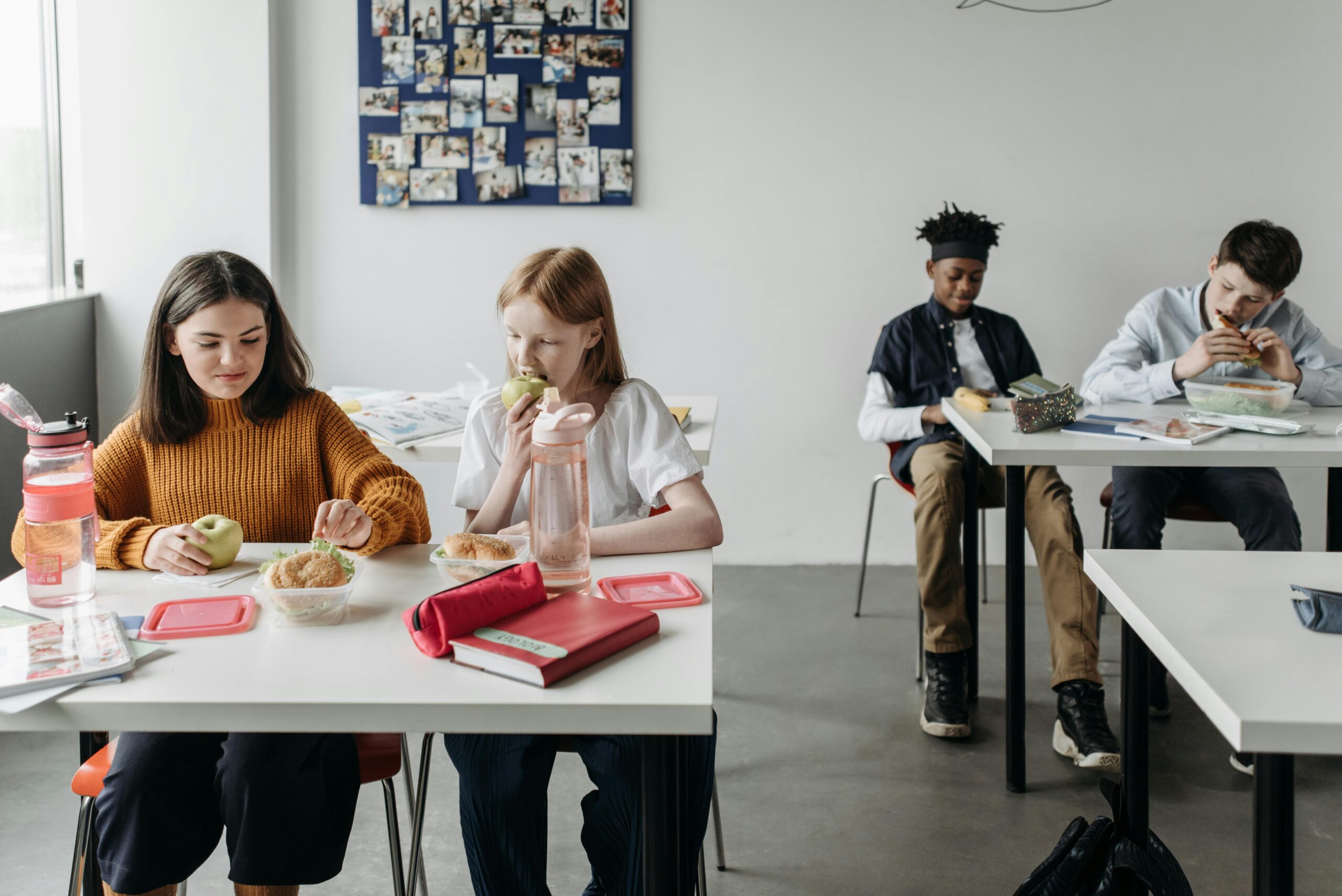This interview refers to the You Are What You Eat project which can be found in our Good Practices section.
GOOD PRACTICE OVERVIEW, CHALLENGES AND OPPORTUNITIES
What were the original goals and objectives of this practice/activity?
The aim of the activity was to impart knowledge on: the principles of good nutrition, the importance of minerals and vitamins for the protection of human health, skilful menu planning taking into account nutritional needs and familiarisation with eating disorders for their clear diagnosis in everyday life.
What was found to be particularly useful in achieving this practice objectives (methods, approaches)?
Methods/forms of work: work with text, workshop method, chat, anticipatory strategy, possibility of individual and group work. Through these forms of work there is an opportunity to develop key competences by communication in the mother tongue communication in a foreign language, digital competence, learning to learn and social competence.
What did students like the most about this practice?
An interesting stage of the lesson was the opportunity for the pupils to read an extract from the text ‘Proper nutrition’. The lesson leader then has the opportunity to display interactive illustrations, such as the ‘Healthy Eating Plate’. Volunteers explain the nutrients provided by the products indicated by the teacher, while at the same time becoming aware of the importance of their daily choices in proper nutrition.
What were the key problems areas of this practice?
The problem was the lack of free combinations of foods to ensure the daily nutrient requirements were met, the issue of variety of foods in the diet, etc.
How can these elements be improved in the future?
Interactive illustrations, creation of a “healthy eating plate”, workshop activities in groups according to the principle “practice makes perfect”.
Is this practice replicable by other teachers in different countries? What factors should be considered while replicating this practice?
Yes, I believe that without any problem, teachers in different countries can use such methods by referring to the eating habits in their country, the food culture, meal times, etc.
What was the most inspiring aspect for you while implementing this practice?
Interactive illustrations, references to words that may be difficult for the learner, tasks to check understanding of the issue
Additional comments
Good practice title “YOU ARE WHAT YOU EAT” emphasises the interdependence between food and identity, which was developed by 20th century anthropologists, historians and literary scholars. They have shown that because of the biological imperative to eat and drink every day, and the central role that food acquisition, production and consumption play in our existence, food functions as a powerful social, religious, gendered, political and cultural marker. Students become aware that the sum of food-related activities creates a kind of culinary identity that serves to both define and differentiate.







